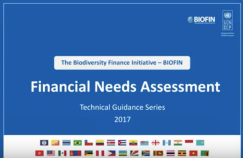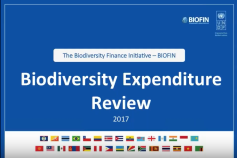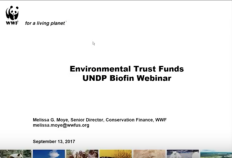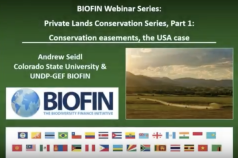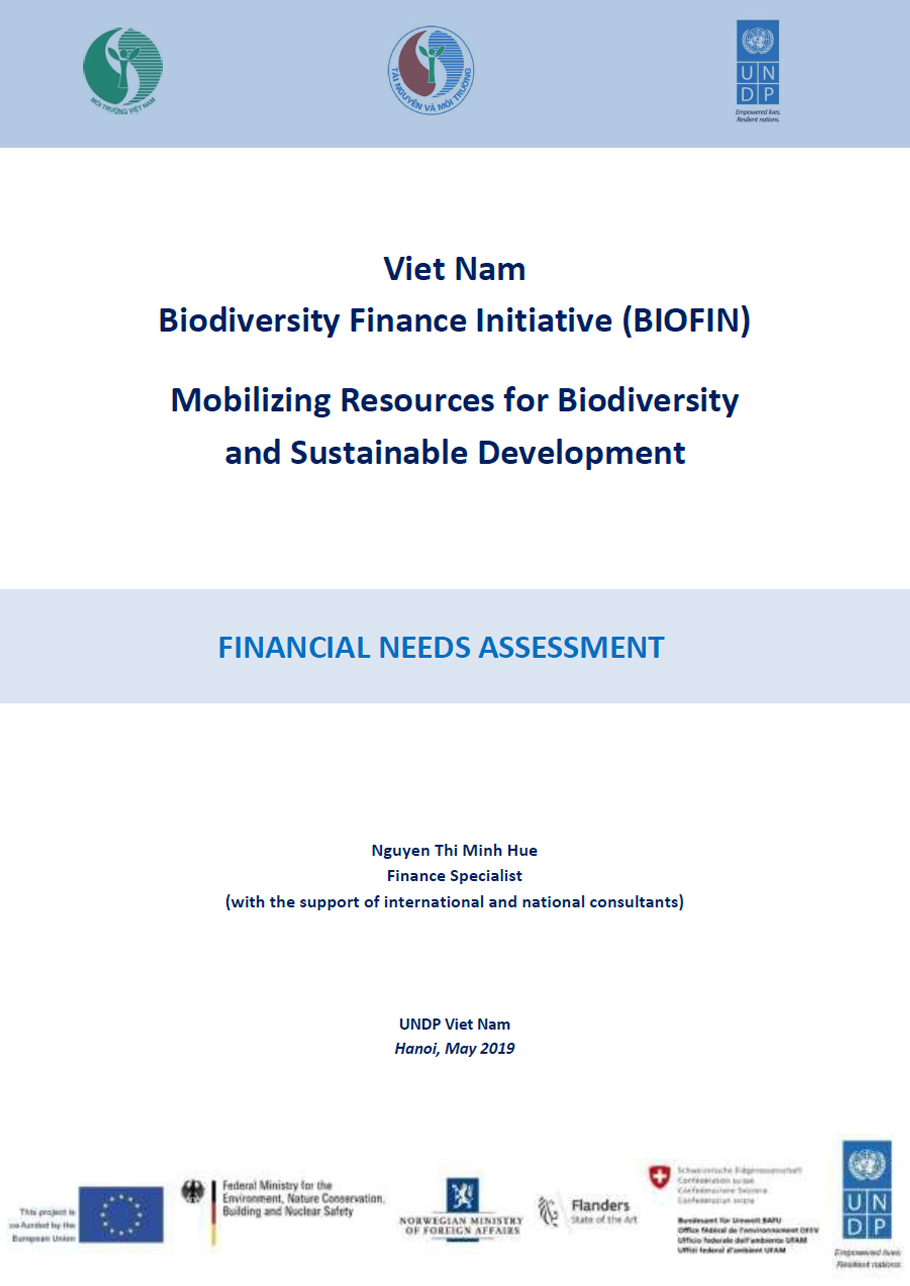
The Viet Nam FNA follows guidance provided by the BIOFIN global team, with a number of adjustments to ensure alignment with the specific contextual conditions of the country. The FNA was completed with inputs from various sources at both the national and provincial level, including the Ministry of Agriculture and Rural Development (MARD), the Ministry of Natural Resources and Environment (MONRE), the Ministry of Science and Technology (MOST), relevant subordinate ministerial Administrations, Agencies and Departments, Provincial Departments of Agriculture and Rural Development (DARDs), Provincial Departments of Natural Resources and Environment (DONREs), National Parks (NPs), Nature Reserves (NRs), etc. All collected data and information were analyzed following the guidance provided in the BIOFIN Workbook (UNDP, 2016). Two consultation workshops were organized, to collect comments and feedback from relevant stakeholders and interested parties, which were used to frame this final report and its recommendations.
The FNA is the BIOFIN report estimating the anticipated financial needs to achieve the specific targets as formulated in the Viet Nam National Biodiversity Strategy (VN NBS) to 2020, vision to 2030. The FNA adopted Decision 45/QD-TTg, dated 08 January 2014 on Approval for Master Plan of Nation-Wide Biodiversity Conservation by 2020, with a vision to 2030 as quantitative guidance for the anticipated expanding Viet Nam’s Terrestrial Protected Area (TPA) and Wetland PA (WPA) systems, and Decision 742/QD-TTg, dated 26 May 2010, approving the Plan on the system of Viet Nam’s marine conservation zones through 2020 as quantitative guidance for Viet Nam’s expanding Marine PA (MPA) network. Specific targets related to forest cover, mangroves, sea grass beds and coral reefs as well as degraded critical ecosystems are also assumed to be achieved through managing an expanding PA system. In addition, the FNA assumed that the poorly to not-quantifiable specific targets of the VN NBS, on endangered, rare and precious species, avoidance of species extinction and genetic resources, can be represented by the proxy target of “administration expenditures for biodiversity conservation management at provincial level and central level”.
The FNA estimated the finance needs for optimal management1 of biodiversity conservation in Viet Nam’s existing and planned PAs, using a bottom-up Activity Based Costing (ABC) approach to obtain a unit-cost-per-hectare for different PA types based on quantitative information provided by sample PAs for 8 cost categories (e.g. salaries, annual operational and maintenance costs, costs for biodiversity conservation activities), as well as one-time investment costs for infrastructure and facilities in new PAs. The administrative expenditures for biodiversity conservation management at the provincial and central levels were costed using an Incremental Budgeting Approach (IBA), based on actual expenditures for 2015 obtained from the BIOFIN Viet Nam Biodiversity Expenditure Review (BER). Both estimates were summed to obtain the total finance needs to achieve the targets of the VN NBS, and compared with the actual biodiversity expenditures as forecasted in the BER report, to obtain the quantified financial gap for achieving the Viet Nam NBS.
The FNA assessed the finance needs for the optimal management of biodiversity in Viet Nam to 2030 against 2 scenarios: (i) Finance needs for optimal biodiversity management in Viet Nam to 2030 based on the PA network established prior to 2018; and (ii) Finance needs for optimal biodiversity management in Viet Nam to 2030 based on an annually expanding PA network. Scenario 1 is “lower-optimum” scenario, estimating financing needs for optimal biodiversity management only for PAs existing in 2018, equal to 7.5% of the country’s surface area. Scenario 2 is the “optimum” scenario, estimating finance needs for optimal biodiversity management including for a PA network expanded in line with adopted government policies, to achieve a PA coverage in 2030 equal to 9.6% of the country as stipulated in the VN NBS.
